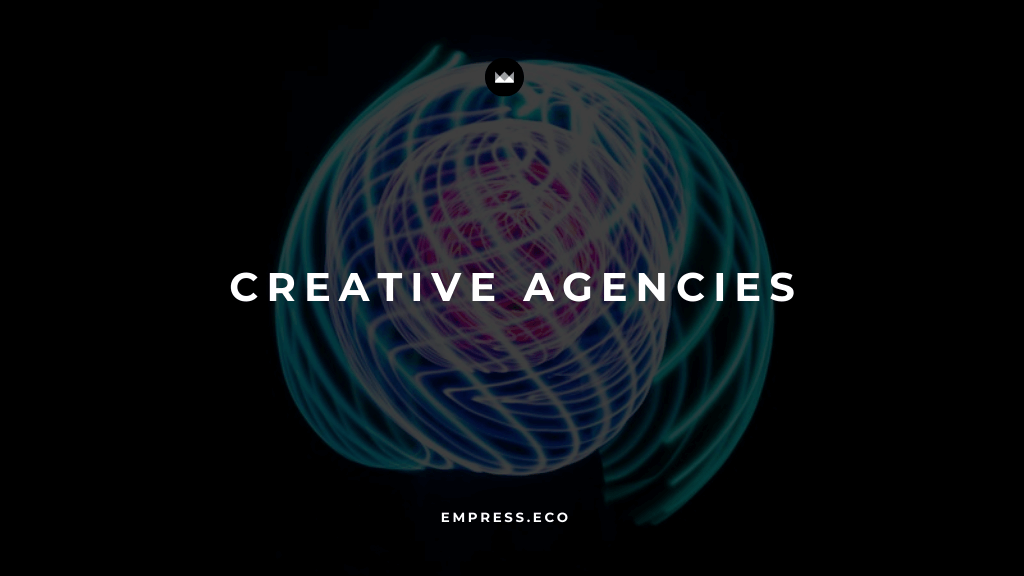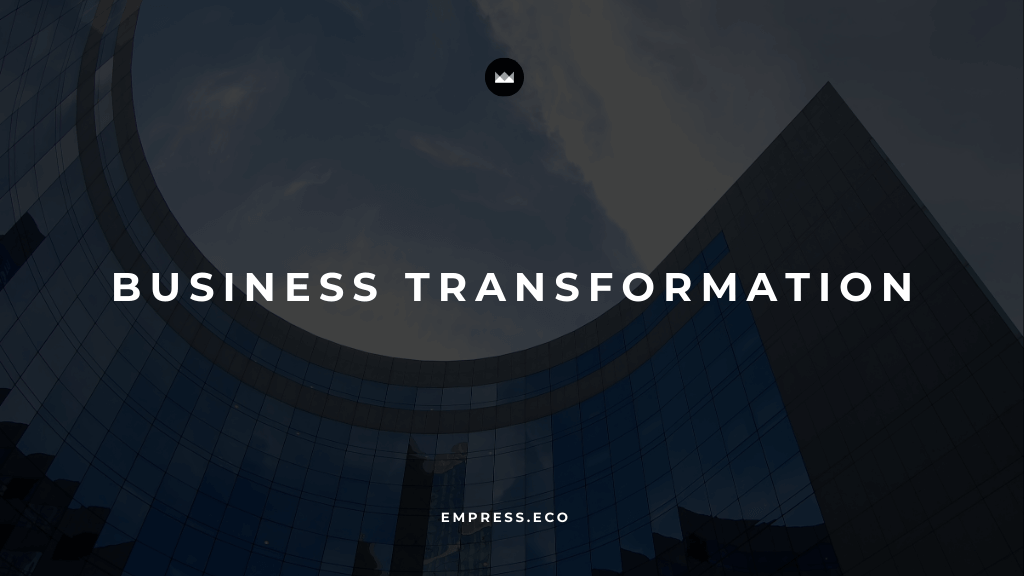
How Creative Agencies like DADA are Leading in the Evolving Digital Landscape
Adapting to digital-first strategies and leading the future of brand communication.
Table of Contents
Creative agencies are essential in helping brands navigate the complexities of modern marketing. By adopting digital-first strategies and leveraging innovative technologies, these agencies are at the forefront of brand communication, driving engagement and achieving measurable impact. This blog explores the critical role of creative agencies in the digital age and provides insights into how they are shaping the future of brand communication.
Understanding the Role of Creative Agencies
Creative agencies utilize a variety of creative strategies to help businesses achieve their goals and boost profits. They offer expertise in areas such as business strategy, graphic design, digital marketing, technology integration, and content creation. By providing a holistic approach to brand communication, creative agencies enable businesses to connect with their target audience in meaningful and memorable ways.
Benefits of Creative Agencies in the Digital Landscape
Enhanced Brand Differentiation
Creative agencies help brands stand out in a crowded market by developing unique and innovative brand identities. Through strategic design and storytelling, they create distinctive brand experiences that resonate with consumers and foster brand loyalty. By differentiating a brand from its competitors, agencies can help establish a strong market presence.
Increased Digital Engagement
By leveraging digital-first strategies, creative agencies enhance brand engagement across multiple channels. They utilize advanced analytics, AI, and machine learning to create personalized and interactive experiences that captivate audiences and drive engagement. This multi-channel approach ensures that brands can reach their audience wherever they are, increasing the likelihood of engagement and conversion.
Improved Resource Management
Creative agencies streamline marketing efforts by providing specialized expertise and resources. This allows businesses to focus on their core operations while the agency handles creative and digital marketing tasks, leading to more efficient resource allocation and better overall results. By outsourcing these tasks, companies can benefit from the agency’s experience and expertise, ensuring high-quality outcomes.
Data-Driven Decision Making
Agencies use data-driven insights to inform their strategies and optimize campaigns in real-time. This approach ensures that marketing efforts are effective and aligned with business goals, leading to higher ROI and measurable impact. By continuously analyzing data, agencies can adjust their strategies to maximize effectiveness and efficiency.
Key Strategies for Creative Agencies in the Digital Age
Investing in Advanced Analytics
Recognizing the critical role of data in driving marketing decisions, creative agencies invest heavily in advanced analytics and AI technologies. These tools enable them to process and analyze vast amounts of data, uncovering actionable insights that inform more effective and targeted marketing strategies.
Examples of Advanced Analytics:
- Google Analytics: Tracks website traffic and user behavior.
- BuzzSumo: Measures social media engagement and content performance.
Integrating Media Channels
Creative agencies integrate multiple media channels to create cohesive and impactful campaigns. This includes deeper integrations with social media, email marketing, SEO, and paid advertising, ensuring a seamless and consistent brand presence across all platforms.
Channel Integration Tips:
- Social Media: Engage with audiences on platforms they frequent.
- Email Marketing: Use personalized campaigns to nurture leads.
- SEO: Optimize content for search engines to drive organic traffic.
- Paid Advertising: Use targeted ads to reach specific audience segments.
Leveraging Emerging Technologies
Agencies stay ahead of the curve by exploring and adopting emerging technologies such as AR, VR, and AI. These technologies enable them to create immersive and interactive brand experiences that captivate audiences and set their clients apart from competitors.
Examples of Technology Integration:
- AR Applications: Allow users to visualize products in their own environment.
- VR Showrooms: Create virtual spaces for product exploration.
- AI-Powered Tools: Automate content creation and optimize marketing efforts.
Fostering Agility and Innovation
Agility is crucial for navigating the fast-paced digital landscape. Creative agencies adopt flexible and adaptive approaches, continuously testing new methods and tools to stay current with industry trends and innovations.
Agility Tips:
- Form Cross-Functional Teams: Collaborate across departments to bring diverse perspectives.
- Host Brainstorming Sessions: Generate new ideas and solutions regularly.
- Promote Open Communication: Ensure all team members have a voice in the creative process.
Overcoming Challenges in the Digital Landscape
Balancing Creativity and Data
While data-driven insights are essential, creativity remains at the heart of effective brand communication. Agencies must balance analytical precision with creative innovation to develop compelling and impactful campaigns. This balance ensures that campaigns are both effective and engaging.
Ensuring Consistency Across Channels
Maintaining a consistent brand message across all channels is crucial for building trust and recognition. Agencies must ensure that all content, visuals, and messaging align with the brand’s identity and values. Consistency helps build a cohesive brand image and reinforces brand recognition.
Measuring Impact and ROI
Evaluating the success of digital campaigns requires clear metrics and objectives. Agencies use comprehensive analytics tools to track performance and provide clients with tangible results, demonstrating the value of their efforts. By measuring impact and ROI, agencies can show clients the effectiveness of their campaigns and justify marketing spend.
Case Studies: Successful Adaptation to Digital-First Strategies
Nike’s Digital Transformation
Nike has successfully leveraged digital-first strategies to enhance brand engagement and drive sales. By integrating advanced analytics, personalized marketing, and immersive experiences, Nike has created a cohesive and impactful digital presence. This approach has allowed Nike to connect with customers on a deeper level and drive brand loyalty.
Starbucks’ Omnichannel Approach
Starbucks utilizes an omnichannel approach to create a seamless customer experience across its mobile app, website, and physical stores. This strategy has enhanced customer loyalty and boosted sales, demonstrating the power of integrated media channels. By providing a consistent experience across all touchpoints, Starbucks ensures that customers have a positive experience regardless of how they interact with the brand.
Conclusion
Creative agencies play a vital role in the evolving digital landscape by adopting digital-first strategies and leveraging innovative technologies. By investing in advanced analytics, integrating media channels, leveraging emerging technologies, and fostering agility, agencies can help brands navigate the complexities of modern marketing and achieve measurable impact.
As the digital landscape continues to evolve, embracing these strategies will be crucial for maintaining a competitive edge and driving long-term success. Start leveraging the power of creative agencies today to amplify your brand’s visibility and connect with your audience like never before. By staying ahead of trends and continually adapting, creative agencies can ensure that their clients remain at the forefront of the digital marketing landscape.
Empress Newsletter
Join the newsletter to receive the latest updates in your inbox.







